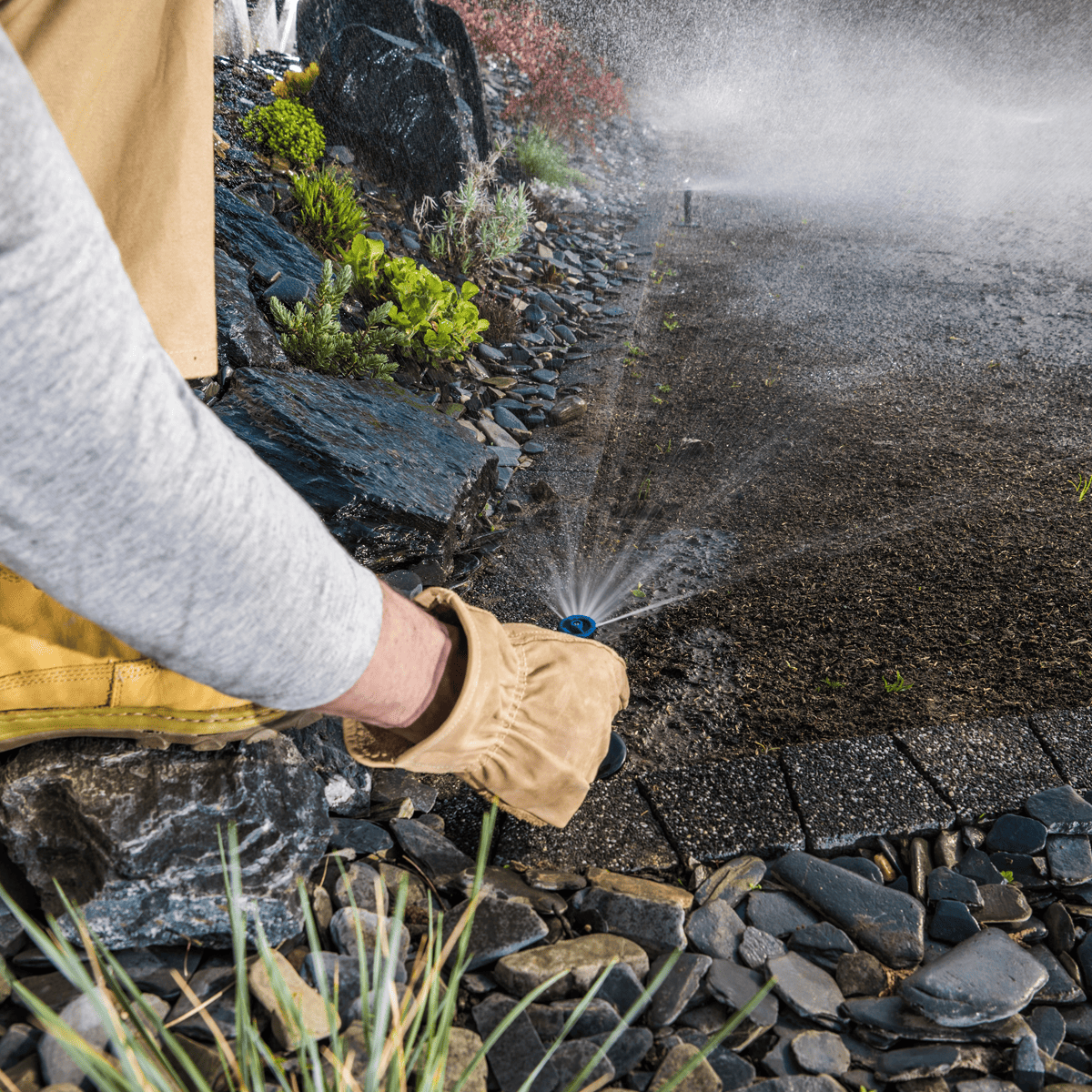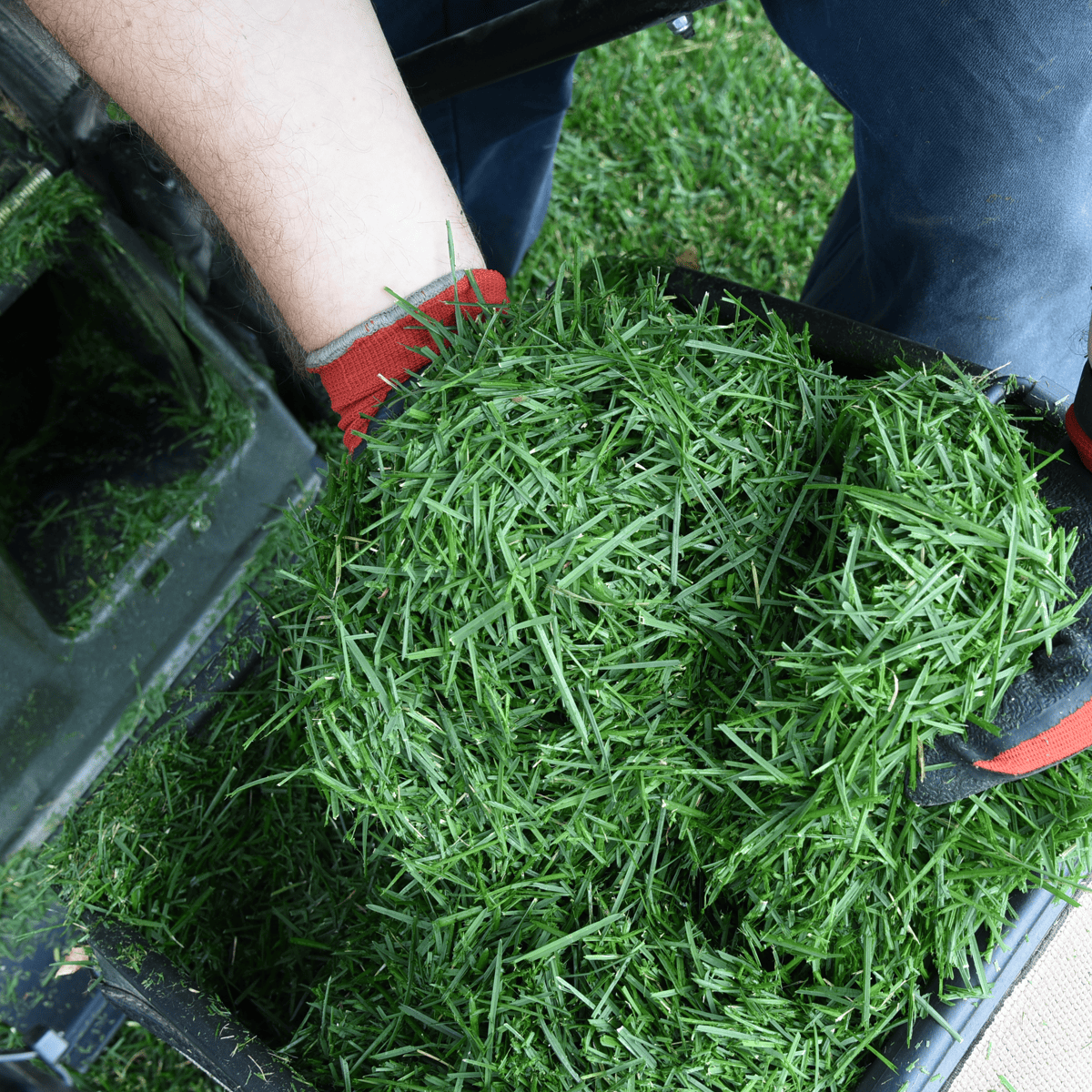Subscribe and save 17% with an annual subscription. Learn more.
Subscribe and save 17% with an annual subscription. Learn more.
Water is a precious resource, especially in Australia, where droughts and fluctuating rainfall can lead to strict water restrictions. For many homeowners, maintaining a healthy lawn during these times can seem challenging. However, with the right strategies and understanding of local water restrictions, it’s possible to keep your lawn looking lush and green while conserving water.
At Wirri, we’re committed to helping you grow a sustainable, water-wise lawn that thrives, even when water usage is limited. In this guide, we’ll cover how to care for your lawn during water restrictions, provide a state-by-state overview of Australian water policies, and share practical tips to reduce water usage without sacrificing the health of your grass.
Australia’s climate can be tough on lawns, and local governments often enforce water restrictions to manage limited water supplies during dry periods. Water restrictions vary by state and territory, so it’s important to know what’s allowed in your area.
In New South Wales, water restrictions are managed by local councils or water providers. During periods of drought, restrictions may include:
Sydney Water typically enforces water restrictions when dam levels fall below specific thresholds. For example, during Level 1 restrictions, residents can use a watering can or bucket at any time but can only water with a hose fitted with a trigger nozzle before 10 am or after 4 pm.
In Victoria, water restrictions are tiered, ranging from Permanent Water Saving Rules to more severe restrictions during drought. Under Permanent Water Saving Rules:
During higher-level restrictions, watering with hoses or sprinklers may be prohibited altogether, and strict time limitations may be imposed.
Queensland’s water restrictions vary significantly depending on the region, with urban centres like Brisbane having more comprehensive rules. Restrictions typically include:
Brisbane City Council, for example, introduces water restrictions when water storage levels drop to critical levels. Greywater and rainwater systems are encouraged to offset the need for mains water.
Western Australia has a Waterwise Program that encourages residents to use water efficiently year-round, with extra restrictions during summer and drought periods:
In Perth, residents can register for the Water Corporation’s Waterwise Garden Irrigator Program to access tips and tools for keeping their garden green while adhering to restrictions.
South Australia follows a similar model to other states, with restrictions managed by SA Water. These restrictions usually include:
Residents in Adelaide can use rainwater or greywater at any time, and drip irrigation systems are preferred during restrictions.
Tasmania’s water restrictions are less frequent but are enforced during periods of drought or when reservoirs are low:
The Northern Territory has fewer restrictions due to its seasonal tropical climate, but during particularly dry periods, restrictions may include:

Water restrictions may limit how often and when you can water, but by implementing a few smart strategies, you can still maintain a healthy lawn without exceeding your water allowance.
To minimise evaporation, water your lawn during the cooler parts of the day—early morning or late evening. This allows the water to soak deeper into the soil and reach the grass roots without being lost to the sun.
Deep watering encourages the development of deep roots, making your grass more drought-resistant. Instead of frequent shallow watering, give your lawn a deep soak once or twice a week, applying around 2-3 cm of water each time.
Mulching your lawn helps retain soil moisture by reducing evaporation. You can also leave grass clippings on the lawn after mowing to act as a natural mulch. This not only conserves water but also adds nutrients back into the soil as the clippings decompose.
In most states, water restrictions do not apply to rainwater, which makes installing a rainwater tank an excellent way to irrigate your lawn without breaking the rules. Harvested rainwater can be used to top up irrigation systems, water your garden, or keep your lawn green during dry spells.
Drip irrigation systems deliver water directly to the roots of the grass, minimising water waste through evaporation or runoff. These systems are often exempt from water restrictions or allowed to be used outside normal watering hours because they are highly efficient.
Aerating your lawn helps reduce soil compaction, allowing water to penetrate deeper into the soil. This makes the most of the limited water you’re allowed to use and helps your lawn grow deeper roots that are better able to access moisture.
Over-fertilising during water restrictions can lead to excessive growth, which in turn requires more water to sustain. Opt for slow-release, organic fertilisers that provide a steady nutrient supply without encouraging rapid growth.

In addition to smart watering practices, there are a number of technologies and alternative water sources that can help keep your lawn healthy during restrictions.
Greywater—wastewater from household activities like washing machines, baths, and showers—can be a great alternative for lawn irrigation, especially during periods of restricted water use. Many states allow greywater to be used without limitation during water restrictions.
Smart irrigation systems use weather data, soil moisture sensors, and timers to optimise watering schedules. These systems help reduce water waste by adjusting irrigation based on actual lawn needs and can be programmed to follow local watering rules automatically.
Switching to a drought-tolerant grass variety is a long-term solution to surviving water restrictions. Grasses like Buffalo, Zoysia, Couch, and Kikuyu are bred to survive with less water and recover quickly after drought periods. By investing in these grass types, you’ll reduce the overall water demand of your lawn.
To make the most of your water allowance, it’s important to understand the specific restrictions in your state or region. Here are some state-specific strategies based on local water policies:
Water restrictions don’t have to mean the end of a green lawn. By understanding the rules in your region and adopting water-efficient strategies, you can maintain a healthy, beautiful lawn while still conserving water. From smart irrigation systems and rainwater tanks to mulching and deep watering, there are plenty of ways to keep your lawn thriving during dry spells.
At Wirri, we’re committed to helping you make the most of your lawn, even when water is scarce. Our eco-friendly lawn care products and expert advice will help you adapt to changing conditions and keep your lawn looking its best, no matter the weather.
Ready to water your lawn the smart way? Join the Wirri community today and discover how our subscription service can help you grow a drought-tolerant, water-wise lawn!
For more lawn care tips, seasonal advice, and water-saving product recommendations, follow the Wirri blog. Stay tuned for updates!
Stay in the loop with special offers, lawn care tips, and more.


Wirri supports Trillion Trees Australia, the UN Sustainable Development Guide and Pledge 1% among other progressive initiatives.
Wirri acknowledges the Australian Aboriginal and Torres Strait Islander Peoples as the first inhabitants of this nation and the traditional custodians of the lands on which we live, work, and care for our environment. We recognize their continuing connection to land, water, and sky and pay our respects to Elders past, present, and emerging.